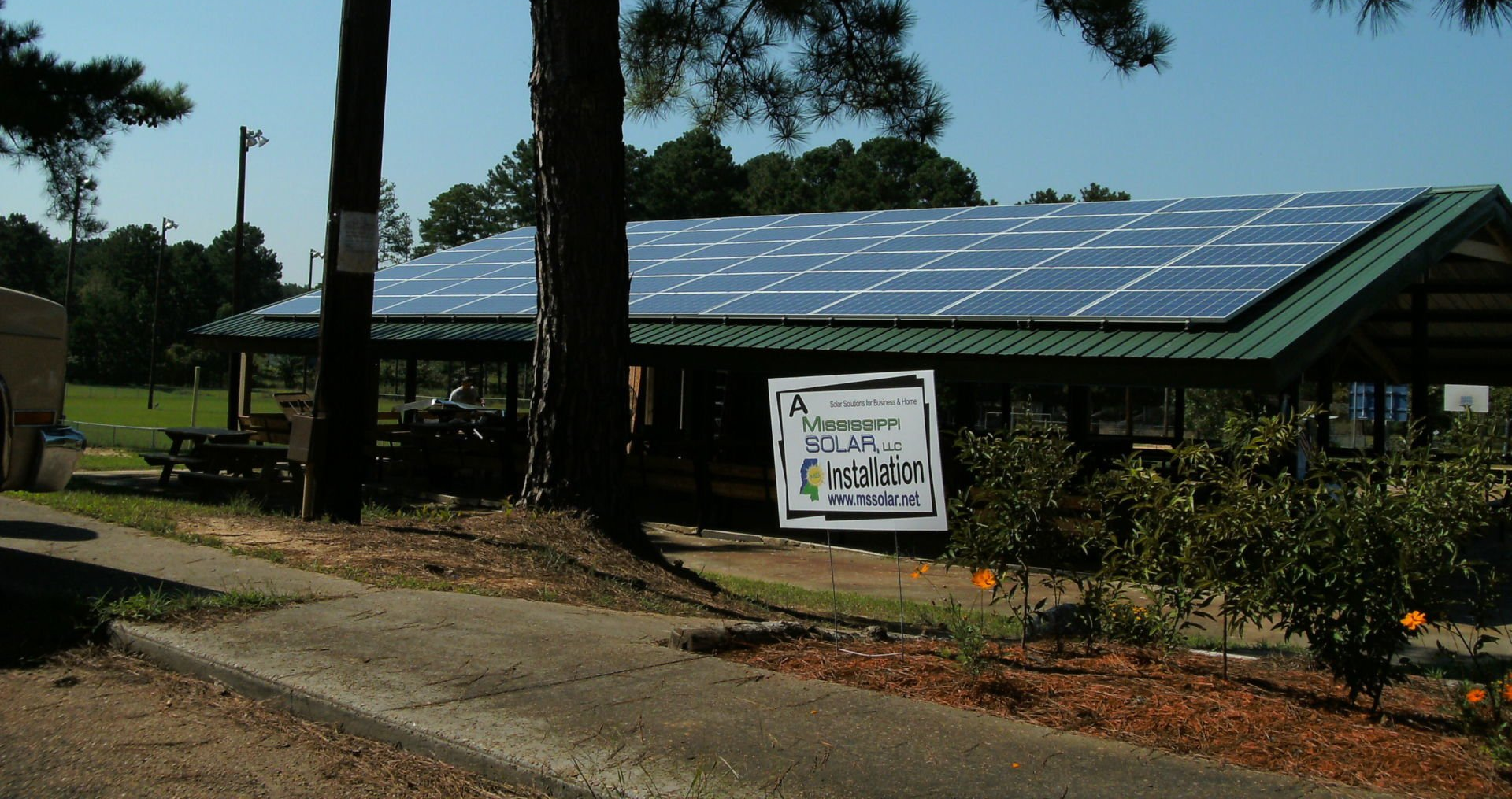FAQs
I hear the phrase “grid-tie” a lot, what does that mean?
A solar pv array that is “grid-tied” is connected to the electric power distribution grid through your local electric utility’s power lines. These are the same lines that bring power into your home or business. Having a grid-tied array allows you to take advantage of programs that may allow you to sell power back to your utility company.
Will I need a battery backup for my solar array?
It is not necessary to have a battery backup for your solar array. If however, you are interested in having backup power in case of a power outage, or if you want to live “off-grid” independently of the local electric utility, then you may want to consider this option. A solar array with battery backup is more complicated to install and can add 25% or more to the cost of your solar array. Battery backed systems are also less efficient due to battery charging and additional system losses not present in basic grid-tied systems.
I have a 2400 square foot home, how many solar panels do I need?
The more accurate question to ask is, “How many kilowatt hours (kWh) of electricity do you consume in an average month?” Obviously a home that is designed and built to be energy efficient will consume far less electricity each month than a similar sized home that is not energy efficient. Likewise, the choice of fuel, whether electricity or gas/propane used for space heating, water heating, and cooking will affect the amount of electricity used monthly.
Do this…contact your local electric utility provider and ask them for a printout of your past 12 months kWh usage. Figure out the average kWh you consume each month and decide what your goals are. Do you want to offset your entire utility bill with solar power, or just a portion? Do you want to live completely free of the utility grid? Are you interested in having some protection against rising utility rates? Give us a call and we can help design a system that meets your needs and goals.
How much space do I need to install a solar array?
The physical size of a solar array depends on the output desired. Solar modules (panels) commonly sold today measure approximately 65” x 39”, weigh about 45 lbs, and are rated at between 280 and 320 watts each. A solar array rated at approximately 1 kW would require 3 modules and cover approximately 70 square feet of roof area. Under ideal conditions (i.e. proper orientation, no shading) in Mississippi this 1 kW array would produce, on average, about 125 kWh a month. Using these numbers as a guide, a 5 kW array would produce about 625 kWh of electricity a month and would take up about 350 square feet.
Do I have to put my solar array on my roof?
No, pole mounts and ground mounts are readily available for mounting solar arrays.
What direction should my solar array face?
Solar arrays are most efficient when oriented due south with a tilt angle that matches the latitude of the site. East and West orientations are ok and may even be preferred in some cases. Tilt angle can vary significantly with only a minimal effect on efficiency.
What is a watt and how many watts will a solar array produce?
A watt (W) is a unit we use to measure electrical power. A 100 watt light-bulb consumes 100 watts (W) in an hour. Left on for 10 hours, that same 100 W bulb will consume 1,000 W or 1 kilowatt hour (kWh). If your utility bill says you consumed 1,000 kWh in a month, that would be equivalent to running that 100 W bulb for 10,000 hours.
Can I start small and expand my system later?
Absolutely. Today’s microinverter technology makes it easy to start with a small system and add to it later. It is important to have an overall plan to make sure the proper infrastructure is in place to support future expansion.
Will a solar array run some of my appliances when the lights go out?
Most of the systems MS Solar installs are grid-tied systems designed to take advantage of current utility incentive programs. These systems generally will not run appliances or lighting in the event of a power failure. However, there are systems currently available that can supply limited power if the sun is shining. If back-up power is a priority for you, MS Solar can design a system to fit your needs.
What will a solar array cost?
The installed cost for a basic microinverter, grid-tied system is between $2.50 and $3.50 per watt. Please contact us for a complete quote.
Are there any incentives available to help with the cost of installing a solar array?
Yes, a solar array installed at your residence or business qualifies you for a 30% Federal Tax Credit. Unfortunately, there are no State incentives in the state of Mississippi at this time.
Will my homeowner’s policy cover damage to my solar array?
Homeowner’s policies typically cover damage to your solar array for normal causes just as they would for any other item attached to your home. Please check with your homeowner’s insurance carrier about your plans to install a solar array and be sure you are covered.
What maintenance costs are involved?
Grid-tied microinverter based systems are virtually maintenance free.
How long will my solar array continue to produce electricity?
Manufacturers typically warranty their panels to produce at least 80% of their rated capacity for 25 years. There are many cases of panels installed for 30 or more years that are still producing at high efficiencies.
I have lots of shade trees in my yard; can I still have a solar array?
Shading can significantly reduce the efficiency of your solar array. Ideally your site should allow full sun exposure to the array from at least 10am until 3pm, longer if possible. Though MS Solar never advocates the cutting of trees, sometimes minor pruning or thinning may be necessary. Some sites simply aren’t appropriate for solar.
How can I find out if my house is a good candidate for a solar array?
When you contact MS Solar, our first step will be to look up a satellite photo of your property while we have you on the phone. Sometimes satellite photos are not up to date, but we can usually tell if your location is a good site for solar. If everything looks good, we’ll visit your home and conduct a thorough Solar Site Survey using special equipment that allows us to project the amount of electricity a given array will produce on your site. We’ll discuss the actual location of the array, orientation, and any shading issues we find while there. When we’re done, you can be sure that your array will perform as projected in the Site Survey.
How will I know if my array is functioning properly from day to day?
The microinverters used in most of our systems allow for online monitoring of the system for customers with internet access. For customers without internet access, simple monitoring equipment is available. Most inverter manufacturers these days offer internet connectivity features that allow ongoing monitoring.
How durable are solar panels?
Just like your home, solar panels are designed to handle a variety of environmental and weather conditions and continue operating at their designed capacity. Manufacturers subject their panels to industry standard minimum tests for loading, temperature cycling, and even hail impact to ensure their products will meet those standards. Some manufacturers, like REC that supplies the panels used by Mississippi Solar, take that standard minimum testing to an extreme to ensure their panels exceed industry minimums so that your system will function properly for decades to come.
IS SOLAR RIGHT FOR MY HOME OR BUSINESS?
©2022 Mssolar, LLC. All Rights Reserved.
Website designed by TechCare Computers


